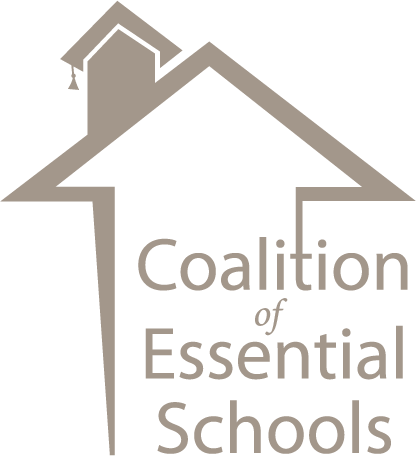- Start talking with middle school parents about shaping high school goals, so everybody has time to think through and become comfortable with Essential School ideas. The class entering 6th grade in 1993-94 will graduate from high school in 2000 — a realistic target year.
- Use plain language, not fuzzy or misleading slogans, to describe the changes you have in mind. Your opponents can gain more ground with “no new taxes” than you can with “authentic assessment.” Instead talk in concrete terms — about coaching all students to communicate, to work with others, to fulfill their potential, to demonstrate what they know.
- Use teacher conferences as conversations with parents, not one-way reports. First finding out what’s on their minds establishes an emotional connection, which makes the intellectual connection come more easily.
- Don’t feel you need a united front among teachers before broaching ideas for change to the community. You may make more headway if you are open about your vulnerabilities and about the difficulties of change.
- Make plans for involving the community even in the earliest planning stages. New schools do this as a matter of course, and so should established schools considering change.
- Don’t denigrate or dismiss parents’ legitimate concerns about the relationship between high school work and college admissions. Schools made that connection in the first place, after all.
- Listen to students’ voices — they are your emissaries in the home and community. Ask students for feedback into the process of change.
- Start any shared governance move by training all involved together in setting agendas, consensus building, and decision-making. Don’t forget to supply continued training as new people come in.
- Keep in touch with graduates and follow up on their post-secondary studies. Visit their colleges, meet their advisers, look at their work, observe the level of their involvement with their education. Keep records — this is good documentation.
